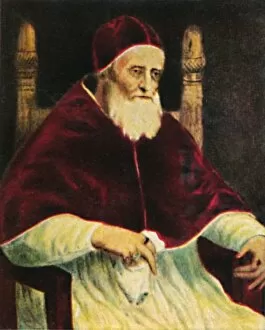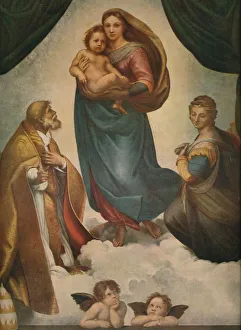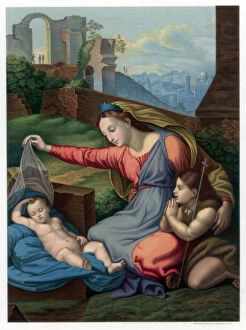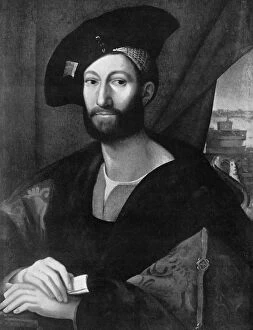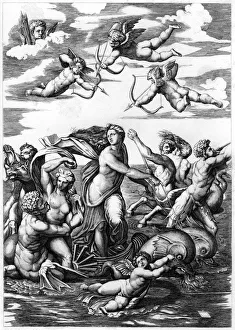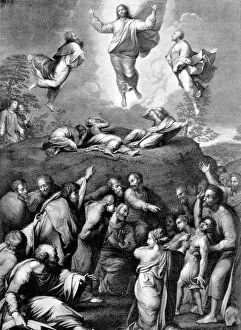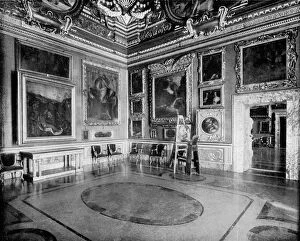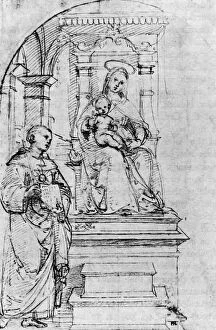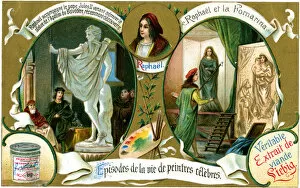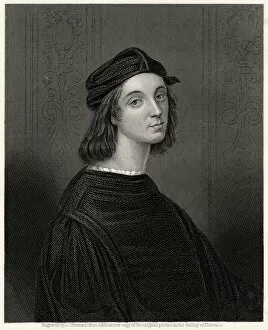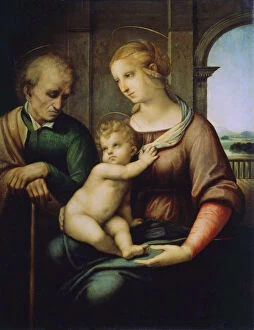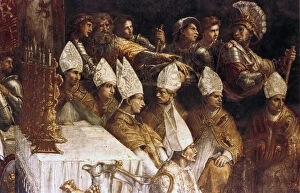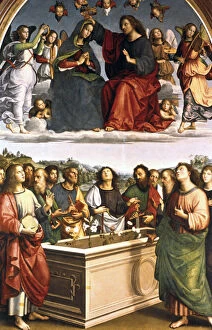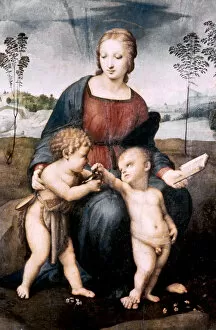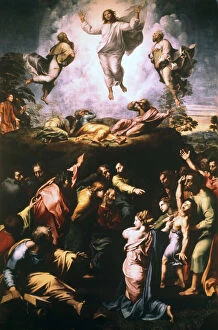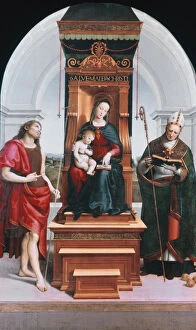Sanzio Collection (page 4)
Raphael, also known as Sanzio, was a renowned Italian painter and architect during the High Renaissance period
All Professionally Made to Order for Quick Shipping
Raphael, also known as Sanzio, was a renowned Italian painter and architect during the High Renaissance period. Born in 1483, he left an indelible mark on the art world with his exceptional talent and innovative techniques. One of Raphael's most famous works is "The Transfiguration of Christ, " created between 1516-1520. This masterpiece showcases his ability to capture divine radiance through vivid colors and intricate details. The painting depicts Jesus' transfiguration on Mount Tabor, where he appears radiant alongside Moses and Elijah. Another notable artwork by Raphael is "The Mond Crucifixion. " Painted with precision and emotion, this piece portrays the crucifixion of Jesus Christ with a sense of solemnity and spiritual depth. In "Pope Leo I, Repulsing Attila, " we witness Raphael's skill in capturing historical events. This detailed depiction shows Pope Leo I persuading Attila the Hun to spare Rome from destruction through his charismatic presence. Raphael's versatility shines through in "Canigiani Holy Family" as well. Created in 1507-1508, it presents a serene scene of Mary holding baby Jesus while Joseph looks on lovingly. The artist's attention to light and shadow adds depth to this religious composition. "Christ Falling on the Way to Calvary" showcases Raphael's ability to convey human suffering with empathy. Through expressive brushstrokes, he captures the moment when Jesus stumbles under the weight of his cross before being crucified. "The Esterhazy Madonna" exemplifies Raphael's mastery in portraying maternal tenderness mixed with gracefulness. In this painting from 1508, Mary cradles baby Jesus against her chest while gazing at him affectionately. Apart from religious themes, Raphael also excelled in portraiture as seen in "Portrait of a Young Man. " With meticulous attention to detail and lifelike representation, he captures the essence of his subject's personality.



